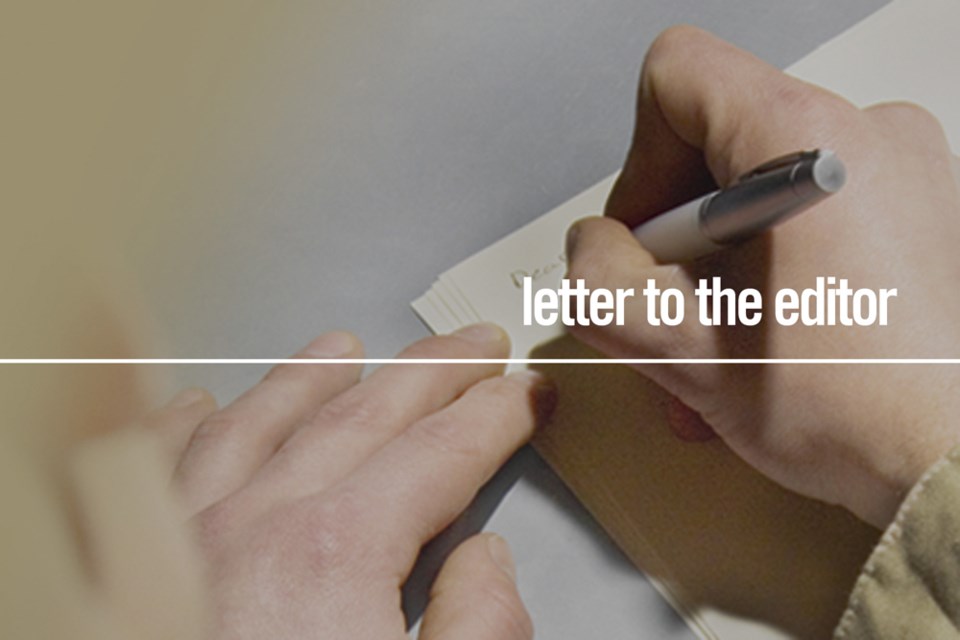A woman asked for Lindsay Warner at the reception desk. I was a young news reporter in Dawson Creek, northern B.C., just 25 years old in 2006. In the front lobby of our tiny CJDC news station, there she stood – a petite, Indigenous lady in her 60s. Annie cautiously locked eyes with me. And I saw it in an instant, a very suppressed, deep pain and sadness. She wondered if we could talk, and I knew I needed to listen.
On a bench outside the station, Annie asked me if I ever heard stories from those who survived B.C.'s residential schools. I had not. Her lip quivered as she described the beatings and the abuse at the hands of nuns and priests. How she and other Indigenous children were taken from their families far away to boarding schools, forced some days to eat rotten fish and meat. Starved other days. Her native language was beaten out of her. They were all called horrendous names. With eyes brimming with tears, Annie told me how some children never came back. The sight of a nun still filled her with dread, panic, and sickness. I hung onto every heartbreaking word, and I believed Annie, wholeheartedly.
I didn’t know what to do with her story that day. At the time, it seemed complicated just navigating how to reference our Indigenous people respectfully. The term "Indian" was unacceptable. Was it "Aboriginal?" "First Nations?" "Native?" – adjectives we pondered while horrendous secrets loomed. The atrocities committed against these people lay largely hidden and unknown to most Canadians.
I went to Manitoba for my next career stop. I carried Annie’s story with me. I thought about the thousands of children that passed through that horrific system and the effect that experience carried with them and in turn, their families. I thought about the astronomical number of missing and murdered Indigenous women. I thought about the rocket-high poverty and addiction issues. I wondered about the disproportionately high numbers of incarcerated Indigenous people living their lives out in jail cells.
I never told Annie's story directly, like I wish I could have. But she gave me a huge gift that day – by sharing. A level of understanding. She sparked a deep inquisition within me to wonder about the domino effect this systemic racist abuse has had on all of us, as Canadians.
I hope I brought a level of fairness to Indigenous people in my years of reporting, having some comprehension and understanding of a horrendous, dark past. These stories have been out there for decades for anyone wanting to hear. But it seems many Canadians are only waking up now with the discovery of the remains of 215 children buried in a mass grave at a Kamloops residential school.
It’s only the tip of the iceberg – the beginning of truly comprehending this sad history. The impact the damage caused from these schools has never left us – I’ve covered it in crimes and social issues, to some degree every day in my decades as a journalist.
So, let’s hear the truth. Let’s show empathy and compassion. Let’s get this right.
We might not be to blame, but we are all responsible to help with the healing.
Lindsay Warner, St. Albert


